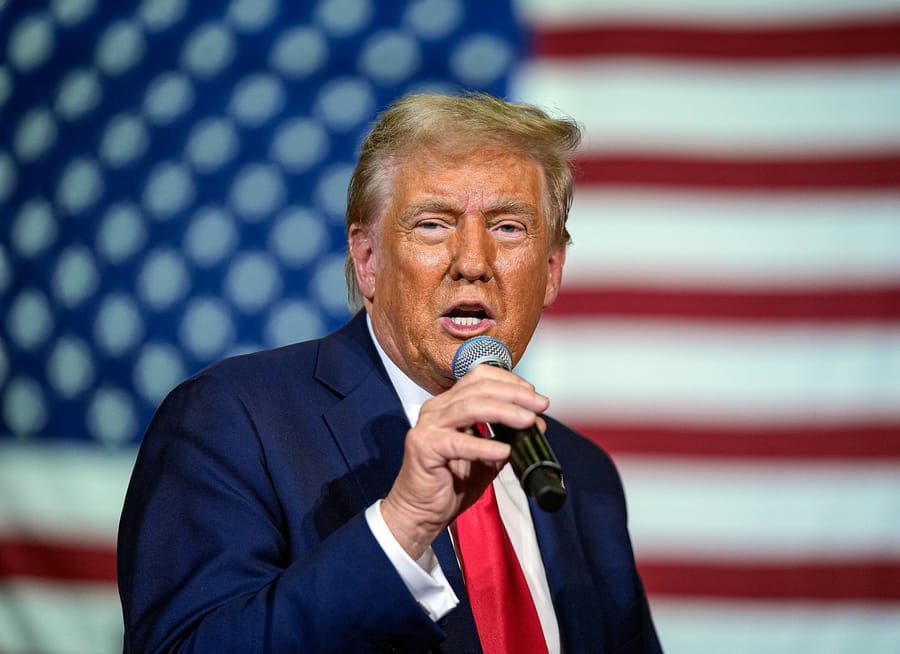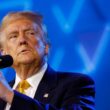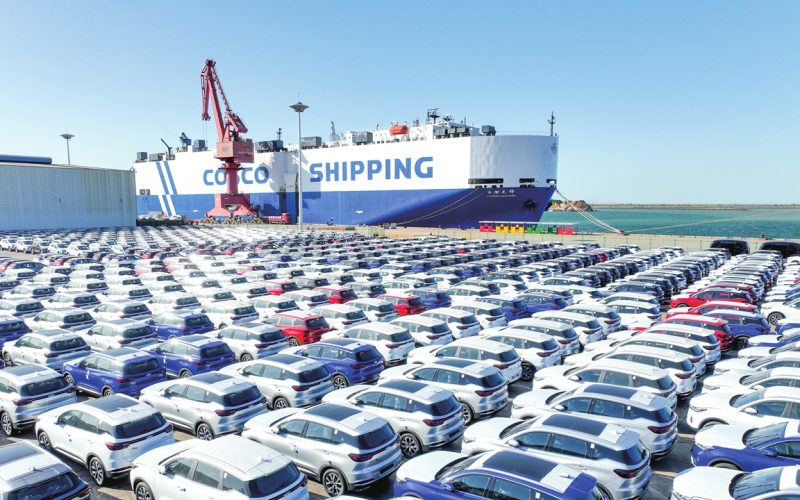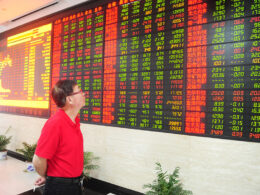Trump Tariffs May Target Japanese Cars, Economist Warns: A Detailed Analysis
In recent months, speculation has mounted over a possible revival of tariffs targeting Japanese automotive imports under a new Trump administration. Economists, trade experts, and policymakers are weighing the potential consequences of such a move, as Donald Trump, the former U.S. president, has indicated his intent to reignite protectionist trade policies should he return to office. Among the key targets of these policies could be the Japanese auto industry, which has long been a significant player in the U.S. market.
This article delves deeply into the context, implications, and broader ramifications of such a move, incorporating expert opinions, economic models, and historical trade dynamics.
Background: The Legacy of Trump’s Trade Policies
Trump’s Protectionist Approach
During his presidency from 2017 to 2021, Trump redefined the U.S. trade landscape, focusing on reducing trade deficits and reshoring manufacturing jobs. The administration withdrew from the Trans-Pacific Partnership (TPP), renegotiated the North American Free Trade Agreement (NAFTA) into the United States-Mexico-Canada Agreement (USMCA), and engaged in a high-stakes trade war with China. Tariffs were a hallmark of this strategy, viewed by Trump as tools to protect American industries and compel trading partners to negotiate on more favorable terms.
Japanese Auto Industry in the Crosshairs
Although China bore the brunt of tariffs, Trump also threatened other nations, including Japan, a key ally. In 2019, Trump floated the idea of imposing tariffs of up to 25% on foreign-made cars and auto parts, citing national security concerns under Section 232 of the Trade Expansion Act of 1962. Although these tariffs did not materialize, the threat highlighted the administration’s willingness to challenge longstanding economic partnerships.

The New Tariff Threat: What’s at Stake?
Why Target Japanese Cars?
Japan is one of the largest exporters of automobiles to the U.S., with brands like Toyota, Honda, and Nissan holding significant market shares. According to the U.S. Census Bureau, the U.S. imported nearly $40 billion worth of vehicles from Japan in 2022 alone. Critics argue that such imports contribute to the U.S. trade deficit and undermine domestic manufacturers like Ford and General Motors. Proponents of tariffs believe they could level the playing field for American automakers.
However, economists caution that the issue is more nuanced. Many Japanese automakers have significant production facilities in the U.S., employing tens of thousands of American workers. Toyota, for instance, manufactures millions of vehicles in states like Kentucky, Texas, and Indiana.
Economic Motivations and Political Calculations
Economically, targeting Japanese cars aligns with Trump’s broader “America First” agenda. Politically, it could be a calculated move to appeal to Rust Belt states like Michigan, Pennsylvania, and Ohio, where the auto industry plays a crucial role in employment and local economies. These states were pivotal in Trump’s 2016 victory, and reigniting the tariff debate could energize his voter base.
![List of all Japanese Car Brands [Japanese car manufacturers]](https://listcarbrands.com/wp-content/uploads/2015/09/Japanese-Car-Brands.png)
Potential Impacts of Japanese Car Tariffs
1. Effects on the U.S. Auto Market
Higher Prices for Consumers
Imposing tariffs on Japanese cars would likely lead to higher prices for consumers. A 25% tariff could increase the cost of imported vehicles by several thousand dollars. Even domestically manufactured Japanese-brand cars might see price hikes due to higher costs for imported components.
Shifts in Market Dynamics
While higher prices could benefit U.S.-based automakers in the short term, they might also push consumers toward used cars or non-Japanese foreign brands, such as South Korea’s Hyundai and Kia. The overall market could contract as affordability decreases.
2. Impact on Japanese Automakers
Revenue Losses and Strategic Adjustments
Tariffs would force Japanese automakers to either absorb additional costs, cut profits, or pass on the price hikes to consumers. Companies might also accelerate efforts to localize production further, shifting more operations to U.S. soil to circumvent tariffs.
Diplomatic Strain
Japan might perceive tariffs as an unfriendly act, complicating diplomatic relations between the two nations. This could undermine broader strategic cooperation, particularly in areas like defense and technology.
3. Broader Economic Consequences
Global Trade Tensions
A renewed focus on tariffs could spark retaliatory measures from Japan and other trading partners, potentially escalating into broader trade disputes. Japan might target U.S. agricultural products, a sector that has historically been vulnerable to retaliatory tariffs.
Supply Chain Disruptions
The global automotive supply chain is deeply interconnected. Tariffs could disrupt the flow of parts and materials, impacting not just Japanese automakers but also U.S. manufacturers that rely on imported components.

Expert Opinions: What Economists Say
Tariffs Are a Double-Edged Sword
Economist Dr. Stephen Baker of the Peterson Institute for International Economics warns, “While tariffs may provide a temporary boost to U.S. automakers, they risk long-term damage to the economy. Higher consumer prices and retaliatory measures could outweigh any benefits.”
The Political Lens
Trade policy expert Jennifer Lin highlights the political calculus behind such tariffs. “Targeting Japanese cars allows Trump to rally his base in key swing states. But it’s a gamble that could alienate allies and complicate trade relations.”
Historical Parallels and Lessons Learned
1980s U.S.-Japan Trade Wars
The U.S. and Japan clashed over trade imbalances in the 1980s, with the auto industry at the center. Voluntary export restraints (VERs) were imposed, limiting the number of Japanese cars entering the U.S. While these measures initially boosted U.S. automakers, they also led to higher prices and incentivized Japanese companies to establish manufacturing plants in the U.S.—a move that reshaped the industry.
NAFTA and the Supply Chain
The renegotiation of NAFTA under Trump underscores the interconnected nature of modern supply chains. Protectionist measures can have unintended consequences, affecting industries and workers beyond their intended targets.
The Road Ahead: Policy Options and Alternatives
Negotiation over Confrontation
Rather than imposing tariffs, experts suggest addressing trade imbalances through negotiation. Expanding market access for U.S. goods in Japan, particularly agricultural products, could be a more constructive approach.
Strengthening Domestic Competitiveness
Investing in innovation, workforce development, and infrastructure could bolster the U.S. auto industry without resorting to protectionism. Electric vehicles (EVs), in particular, represent a growth area where U.S. manufacturers could lead with the right support.
Conclusion
The possibility of Trump targeting Japanese cars with tariffs reflects the enduring appeal of protectionist trade policies in certain political circles. While such measures might provide short-term benefits for U.S. automakers and bolster Trump’s political narrative, they come with significant economic risks and potential diplomatic fallout. Policymakers must carefully weigh these factors before reigniting a trade battle that could have far-reaching consequences for both nations.
As the 2024 election approaches, the debate over tariffs and trade policy will undoubtedly intensify. Whether this leads to a more protectionist stance or a renewed commitment to international cooperation remains to be seen. For now, the Japanese auto industry—and its American consumers—must brace for potential upheaval in a shifting geopolitical landscape.










